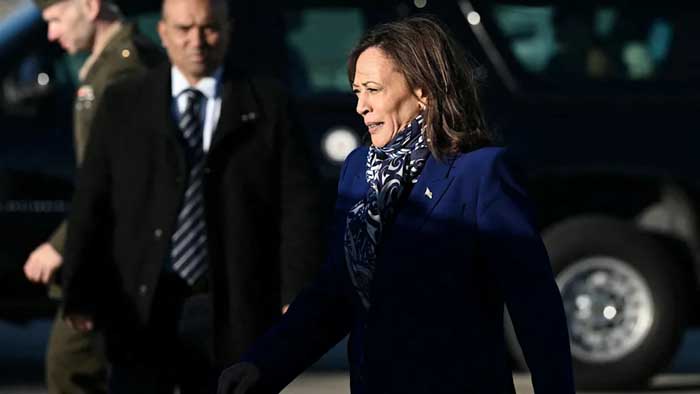DLNews US Election:
In the final days of the election campaign, the big question remains: Are polls accurately capturing the strength of Donald Trump’s support, or is he again being underestimated as he was in both 2016 and 2020?

Donald Trump (78) at a campaign event at Lancaster Airport. He wants to return to the White House.
Kamala Harris Makes Gains, But Are Polls Missing Trump’s Reach?

She wants to become the first female US president: Kamala Harris (60) at Reno-Tahoe International Airport in Reno, Nevada.
A recent poll conducted by *The New York Times* in collaboration with Siena College shows Kamala Harris holding a narrow lead in four swing states: Georgia (+1%), Nevada (+3%), North Carolina (+3%), and Wisconsin (+3%). Trump, however, leads in Arizona (+4%) and Michigan (+1%), while Pennsylvania remains a statistical tie—a pivotal state both campaigns hope to secure.
Swing States and the "Blue Wall"
While Harris has seen new momentum in traditionally contested areas like Nevada and Georgia, her foothold in the Midwest “Blue Wall” is increasingly uncertain. Traditionally a stronghold for Democrats, Michigan, Pennsylvania, and Wisconsin are essential to any Democratic path to the White House. Although Harris has made some inroads, *The New York Times* notes that the Blue Wall is “shaking more than ever.”
Despite challenges, Harris is gaining with critical demographics. Among African American voters, she leads 84% to 11% and 56% to 35% among Latino voters. Among late-deciding voters, Harris also sees support, with 58% leaning towards her in the final days—a sign of a possible last-minute surge, influenced partly by recent media scrutiny on Trump.
Why Polling Trump’s Base Remains a Challenge
Polling analysts admit there may be a more profound complexity in measuring Trump’s voter base, as his supporters historically respond less to polling efforts. Notably, Democrats are reportedly 16% more likely to respond to pollsters than Republicans, skewing results and recalling 2016, when Hillary Clinton led in polls but lost, and 2020, when Biden’s 7.2-point national polling lead ultimately resulted in a closer-than-expected outcome. Trump’s campaign has argued that polls often lean left, overlooking segments of his base. As his spokesman Tony Fabrizio noted, *The New York Times* acknowledged it was harder to reach Republicans than in 2020.
The Polling Dilemma and Voter Enthusiasm
As the election day countdown continues, swing-state margins remain razor-thin. Polls capture trends, yet Trump’s supporters’ unpredictability and willingness to challenge traditional survey methods could be the defining factor 2024. If pollsters again underestimated this voting bloc, the election outcome could surprise.

![]() \
\
Share this page with your family and friends.